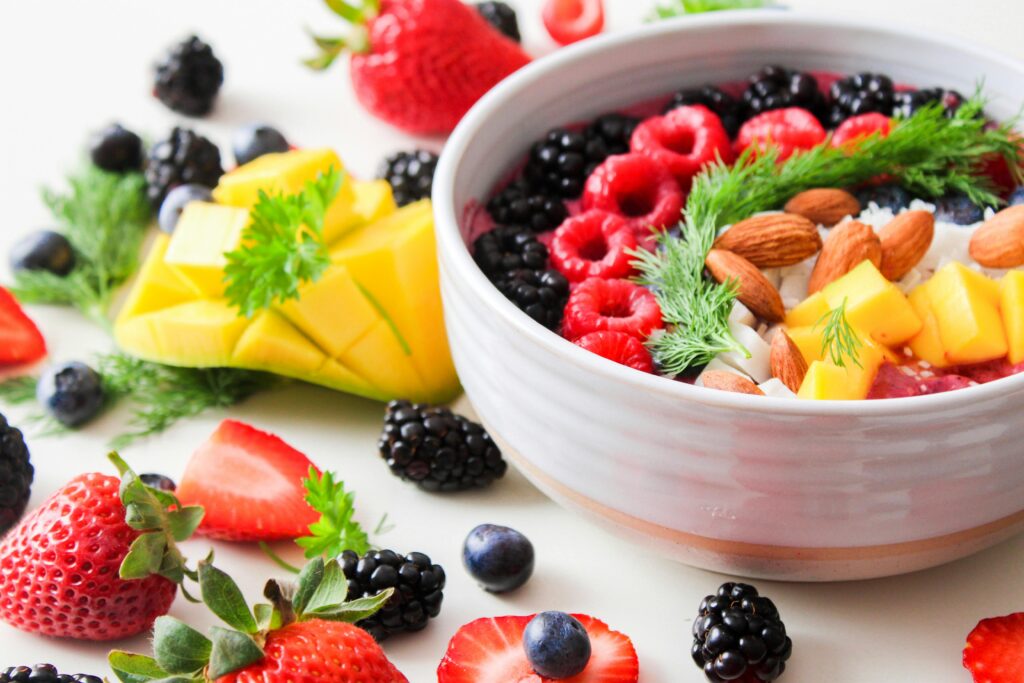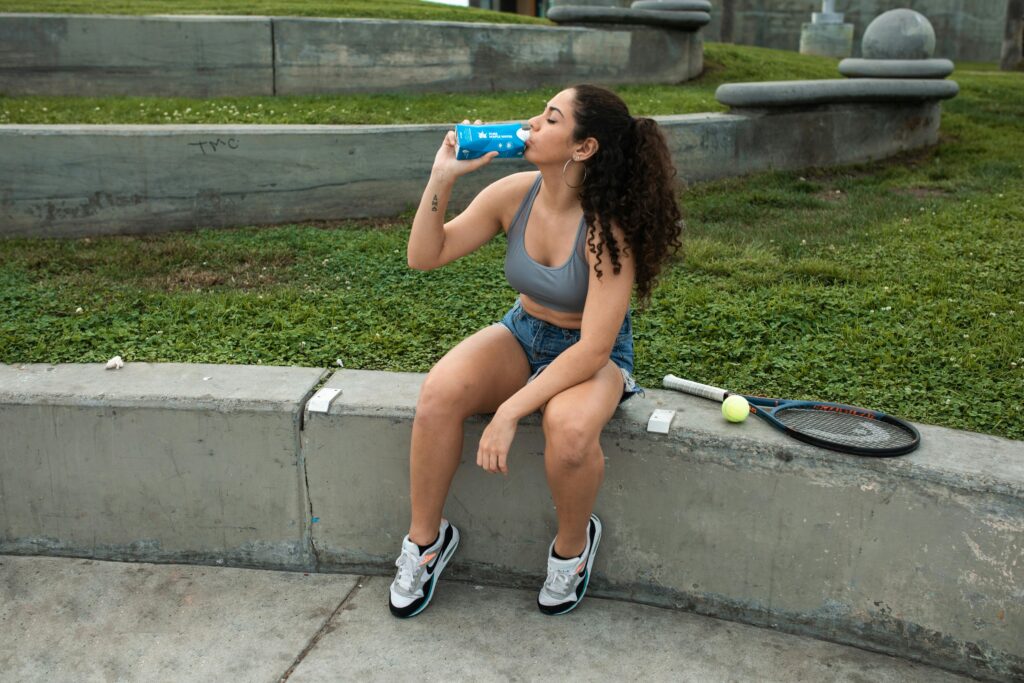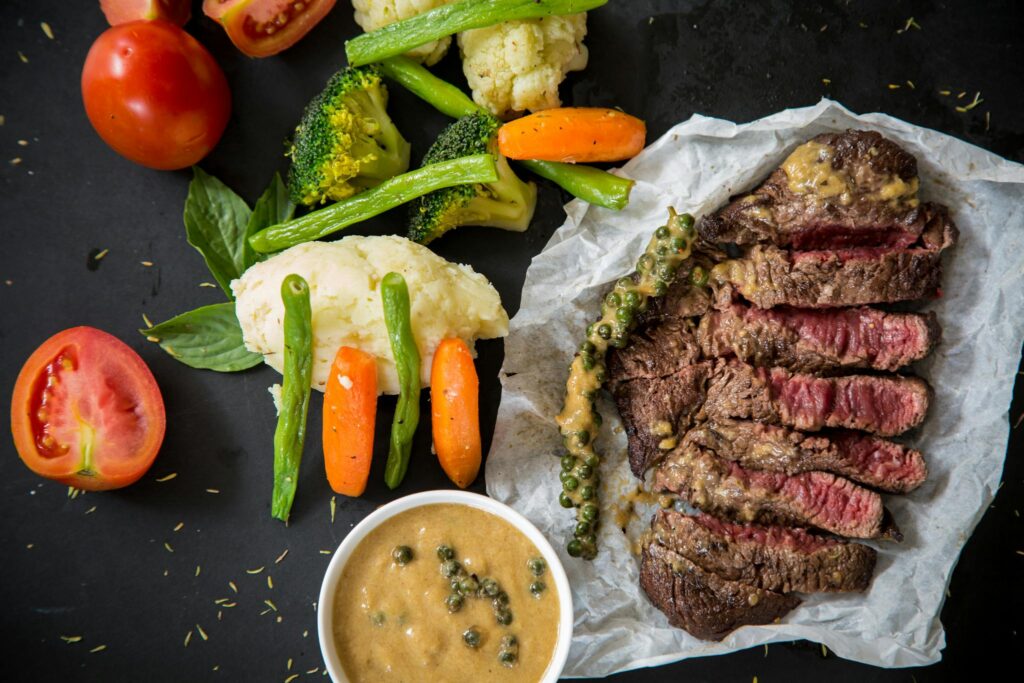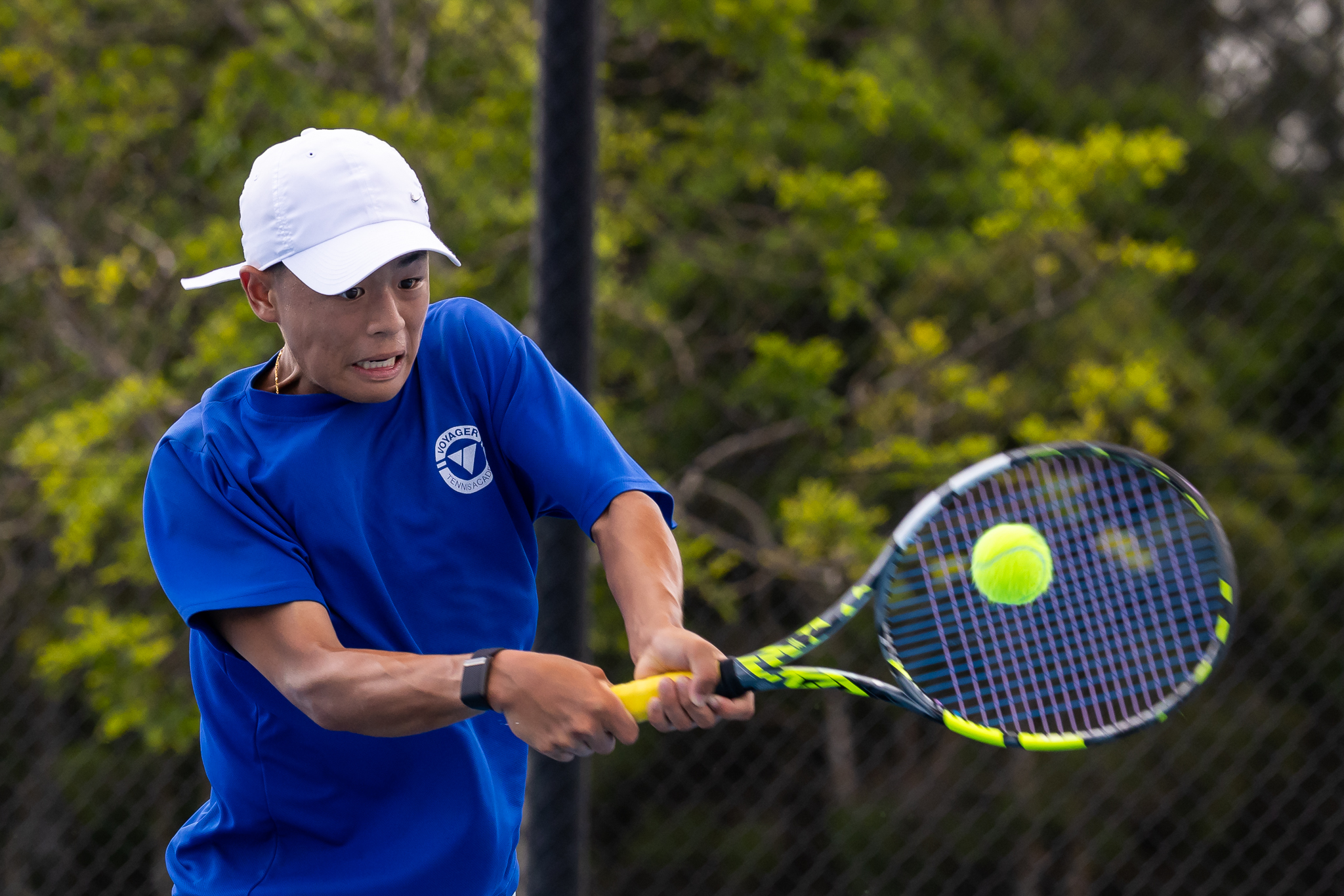
The quality of the fuel – the food and drink – that a tennis player consumes has a direct impact on his or her performance.
People generally are becoming increasingly aware of the need to eat healthily, but often we see tennis players struggle to make good nutrition choices, which may come as no surprise given the amount of poor food choices readily available and the discipline required to avoid them.
It can be difficult for players to link their nutrition directly to its impact on their physical readiness to train and play, but in our experience, poor nutrition choices lead to lower energy, bad moods, more frequent illness, and longer recovery times during training or competition periods.
The food groups
Carbohydrates
Carbohydrates are the body’s main source of energy. It is important to understand the Glycaemic Index (GI) of different carbohydrates as this can have a significant impact on athletic performance and general energy levels. Low GI options provide a long-lasting source of energy. These foods cause a steady rise in the level of glucose in the blood, which in turn leads to a small and gentle rise in insulin and a more sustained release of energy.
Example of low GI foods include legumes, rolled oats (porridge), brown rice, red/black quinoa, corn, sweet potato, most fruit, wholegrain sourdough bread. Some examples of whole carbs (unprocessed foods that contain the fibre found naturally in the food) include vegetables, whole fruit, legumes, potatoes and whole grains.
High GI carbohydrates create a large surge in insulin and will start reactions in the body that leave you feeling lethargic, hungry and craving more sugar, so avoid these. Examples of high GI foods include instant oats, low-fibre cereals, white and wholemeal bread, pasta, canned spaghetti, sushi rice, medium-grain white rice, jasmine rice, couscous, French fries, potato (most white varieties).
For a comprehensive GI index list of foods visit www.the-gi-diet.org/lowgifoods/
Protein
Protein is important for growth and development, as well as the recovery of muscles, so choosing good-quality sources of protein is essential. The best way to aid muscle recovery is by including protein with every meal across the day and choosing a variety of different protein sources across the week.
Examples of foods that are good sources of protein include seafood, white-meat poultry, eggs, beans, soy, lean beef and tofu. Red meat is a good protein source as well, although it can take between twenty-four and seventy-two hours to digest, which may not be ideal for athletes looking to perform day in, day out.
Fats
Healthy fats are an important component of a diet as they provide energy, vitamins and essential fatty acids, and generally make us feel fuller for longer. Fats are high in energy (or calories/kj) and take a long time to digest, so only eat them in small portion sizes.
Some examples of good fats are olive oil, avocado, nuts and seeds, fatty fish like salmon. Some examples of bad fats are fatty cuts of beef, pork, and lamb, high-fat dairy foods such as whole milk, butter, cheese, sour cream, ice cream, and tropical oils such as coconut oil, palm oil, cocoa butter.
Fruit and vegetables
Fruit and vegetables provide the body with essential nutrients such as fibre, vitamins and minerals that all help to aid performance and recovery, and each different coloured vegetable provides different nutrients, so make sure to eat different coloured vegetables every day. Vegetables are lower in energy than other foods, so they can be included in the diet in large quantities. Every athlete should aim to get at least five servings of fruit and vegetables per day.

Hydration
Hydration is absolutely essential on match and training days. If your child is dehydrated they will not only struggle to perform, they could end up feeling really sick by the end of the day. These are some of the symptoms, which have a negative impact on performance, that they can experience by being dehydrated:
- Early fatigue
- Nausea
- Vomiting
- Muscle cramping
- Dizziness
To prevent this, athletes who are in training or competition phase hydrate the day before with plenty of water. A good measurement of hydration is the colour of the urine. Clear to pale yellow is hydrated, and the darker it is, the more dehydrated the person is.
Another thing a player can do between matches and training is to have a drink with added electrolytes.
This is particularly good on hot days when players lose a lot of fluid from sweating. Sports drinks provide electrolytes and glucose (carbohydrates/sugar), which helps the body to hold on to water and stay hydrated while providing more energy. It’s important to know that sports drinks such as Gatorade and Powerade are high in sugar so only use them when your child really needs them on match days. Water is the best choice of drink on a regular day-to-day basis.

Main meals guide
For main meals such as lunch and dinner, aim to achieve the right balance of carbs and proteins for athletes:
- 50% vegetables, at least two types
- 25% wholegrains/low GI carbohydrates
- 25% protein
At breakfast time, it may not be realistic to have half a plate of veg, so this is a good time for your child to get their fruit intake.
Foods to avoid
These foods may taste good, but will be counterproductive to an athlete’s performance:
- Snacks high in sugar, such as cakes, biscuits, chocolate, lollies, ice cream
- Drinks high in sugar, such as fruit juices and soft drinks
- Fast foods such as chips and pizza
- Deep fried foods
- Takeaways
- Pastries
- Processed meat
These foods are not designed for athletes and can make a person feel sluggish and lethargic. They may also result in weight gain, which can slow a player down and reduce endurance levels.
If your child has bad habits in the area of nutrition and is looking to make changes, please be patient. It can take six to twelve months to adopt new eating behaviours before they become automatic, but the rewards are well worth it.

Summary
The quality of the fuel that a tennis player consumes has a direct impact on the quality of his or her performance during the course of a match, tournament and career. Taking the time to develop appropriate nutrition and hydration habits suitable for your child is well worth it as it is easy for them to fall into bad habits.
Actions to consider:
- Take nutrition for your child seriously – it can have a dramatic effect on their output
- Spend time reviewing what your child currently eats and drinks
- When shopping, make conscious choices about what to bring home
- Add more low GI carbohydrates and good fats to the diet
- Eliminate/reduce high GI carbohydrates and bad fats
- Teach your child about hydration and ensure they rehydrate regularly
- Build a consistent diet, including food and drink for your child before, during and after match play
- Try not to let your child fall into bad habits
If you would like more information about sports and nutrition watch our webinar with Voyager’s Performance Director Luke Bourgeois and Precision Athletica’s Head of Nutrition Atlanta Miall & Head of Tennis Jason Oei as they provide insights into best nutrition practices to help maximise your training & match play days.
By Ryan Henry, Managing Director of Voyager Tennis and Ex-Pro Tennis Player




